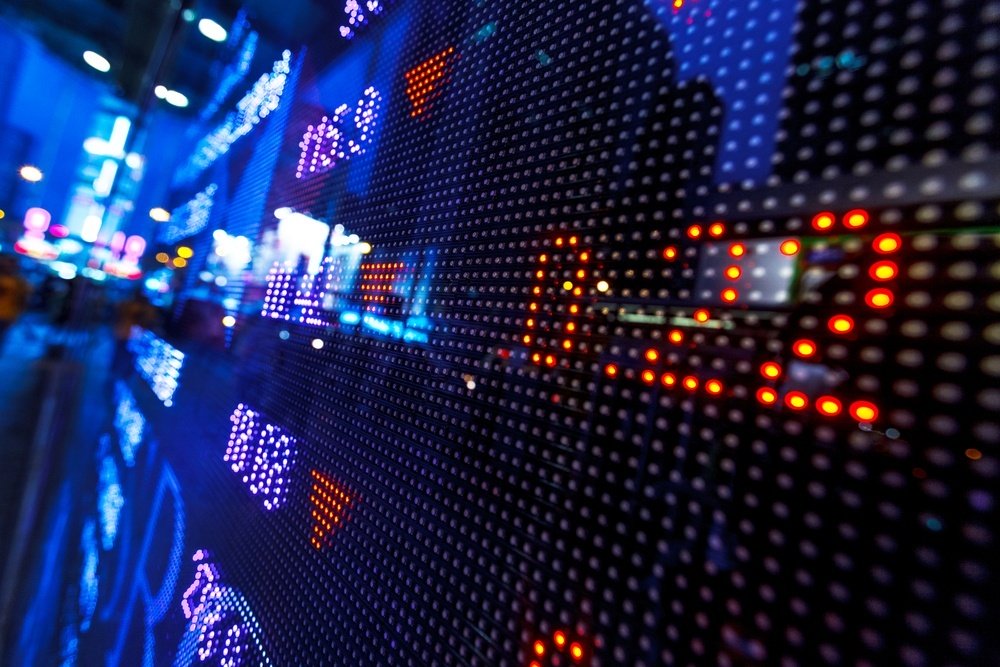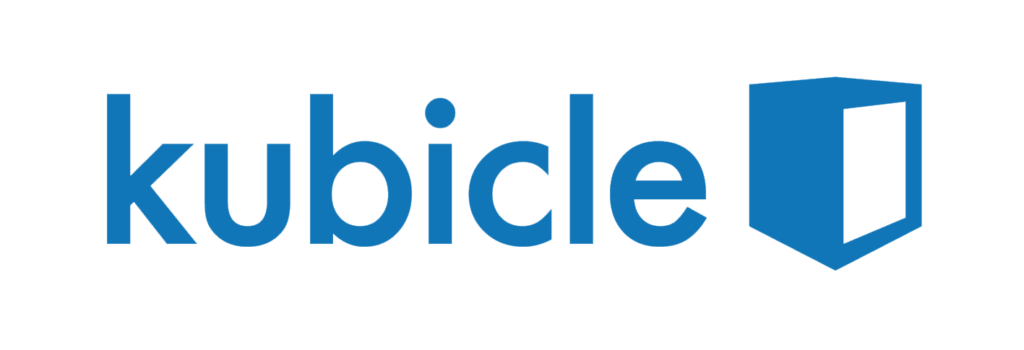Kubicle Spotlight: NFT’s
May 25th, 2021
One of YouTube’s first viral videos has been sold for over €600,000 as an NFT (non-fungible token). The 55-second video, now viewed over 880 million times, was sold in an auction to a bidder carrying the alias ‘3fmusic’.
Read more about it here.
This most recent NFT sale joins an ever growing list of 6+ digit transactions, including Jack Dorsey’s first Twitter post (tweet) for $2.9 million USD.
So what are NFT’s and how is all this even possible?
Find out in our newest Kubicle Spotlight video:
Non-fungible tokens, or NFTs for short, are emerging as a compelling new technology. In order to understand NFT’s we first need to understand the meaning of non-fungible.
An asset is non-fungible if it cannot be replaced by another of identical value. For example, the original Mona Lisa painting by Leonardo DaVinci, is absolutely “non-fungible”. The original, authenticated art piece is truly unique and irreplaceable.
But…you can easily buy several identical Mona Lisa coffee cups. These cups are very fungible.
These examples refer to tangible goods, but intangible assets with no physical presence can also be non-fungible. A trademark is non-fungible – there can only be one! And bitcoins? Very fungible, there are millions out there!
So, what’s a non-fungible token? An NFT is a digital certificate. It proves that a particular digital asset is unique and “non-fungible”. In other words, NFTs allow people to claim intellectual property of the original copy of any data file.
Audio files, text files, image files – you name it! Ownership of any original data file can be traded with NFTs.
NFTs are stored on what we call a “blockchain” – you’ve probably heard of this. It’s a digital ledger of transactions that’s accessible to anyone, and can be used to verify ownership.
At this point you might be wondering…”Why? What’s the point”? Well, NFTs have the potential to open up a new realm of possibilities. With NFTs, video game players can trade ownership of unique in-game creatures. The events industry can use NFTs to prove authenticity and ownership of tickets. Intrepid art collectors can even invest in digital art for their collection…as for the artists and creators? They have the opportunity to claim royalties each time an NFT is purchased.
Time will tell just how much NFTs will drive future innovation. Right now, it looks like we’re just getting started.































